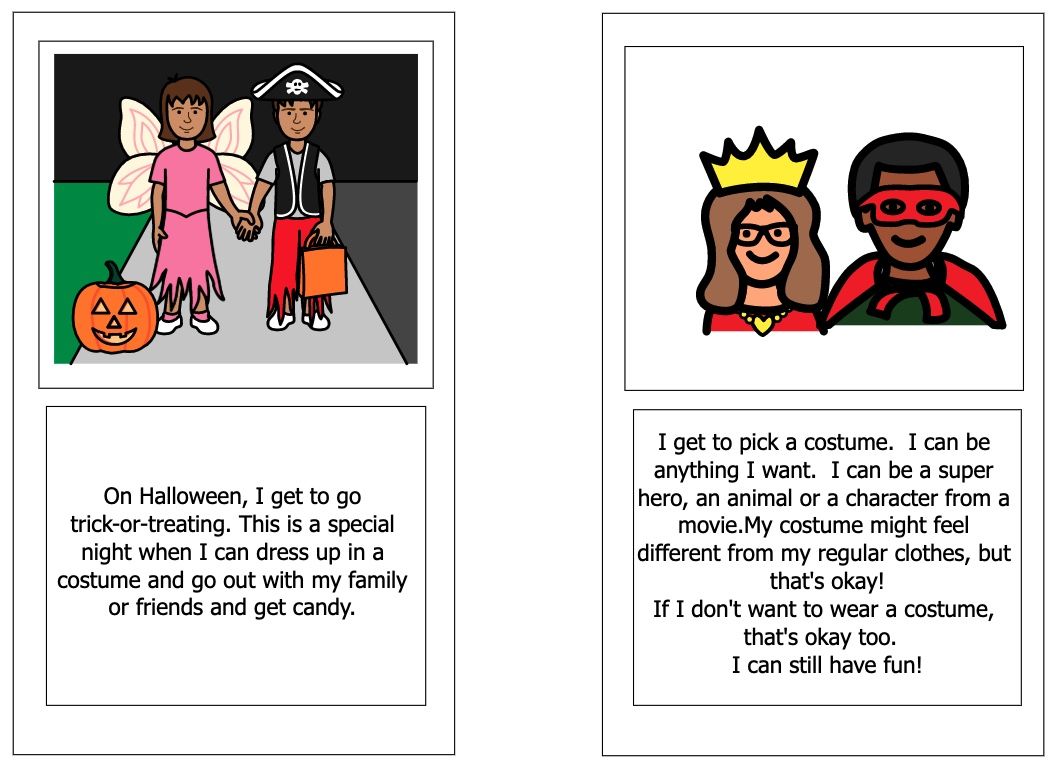What are boards?
Boards are visual tools that use images, symbols, and sometimes simple words to communicate information. They are created in such a way as to help bridge communication, provide structure, support learning and increase independence. Boards are fundamental tools that can be used at home, school, and in communities.
Who are boards for?
Boards can benefit any individual with:
- Autism
- Speech and language disability or delay
- Cognitive impairment
- Developmental delay
- ADHD
- Anxiety
- Stroke or brain injury
- Memory challenges
Boards can even be used to provide support for individuals who are learning english as a second language and young children learning basic tasks for the first time.
What are some key benefits of using boards?
- Enhances Communication – For individuals who are non-verbal, have limited verbal skills or struggle to express themselves with words, a board can serve as their voice. Boards give individuals a way to communicate their wants, needs, and feelings without frustration.
- Supports Learning – Boards break down complex ideas and instructions into manageable pieces, making them easier to understand and reducing confusion, particularly with abstract concepts.
- Reduces Anxiety – Knowing what to expect through visual cues can alleviate anxiety, especially in unfamiliar or stressful situations.
- Promotes Independence – Visual picture boards are powerful tools for teaching routines and tasks. They are often used to help individuals understand and complete tasks that might otherwise feel confusing or difficult to manage.
- Builds Confidence – As individuals successfully complete tasks using pictures boards, they gain confidence that can motivate them to try building skills in other areas of life.
- Encourages Positive Behavior – Boards can reinforce positive behaviors by helping individuals understand social norms and expectations.
- Creates Consistency and Routine – Boards help create and maintain consistent routines, which is particularly beneficial for individuals who thrive on structure. They also facilitate consistent instructions and support among caregivers.
- Helps with Transitions – Visual boards can provide the structure needed to help reduce resistance in individuals who struggle with transitions.
What are common types of boards?
Communication boards
help individuals make choices and express wants, needs, and emotions
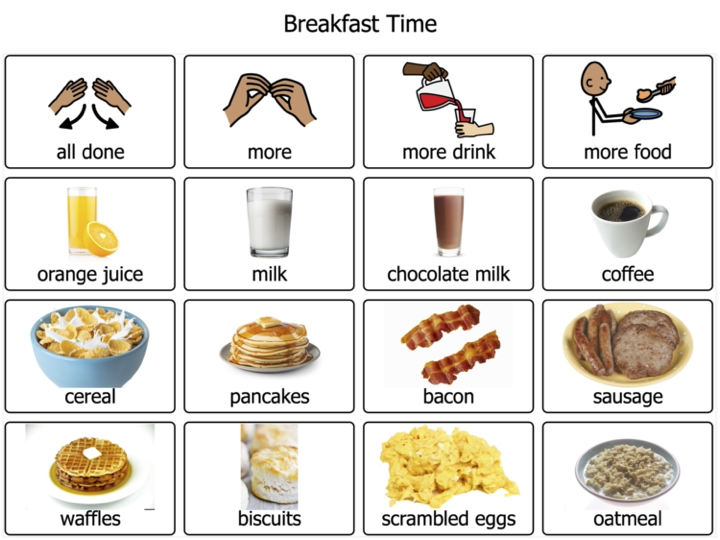
Schedule boards
provide structure by outlining daily routines or specific activities
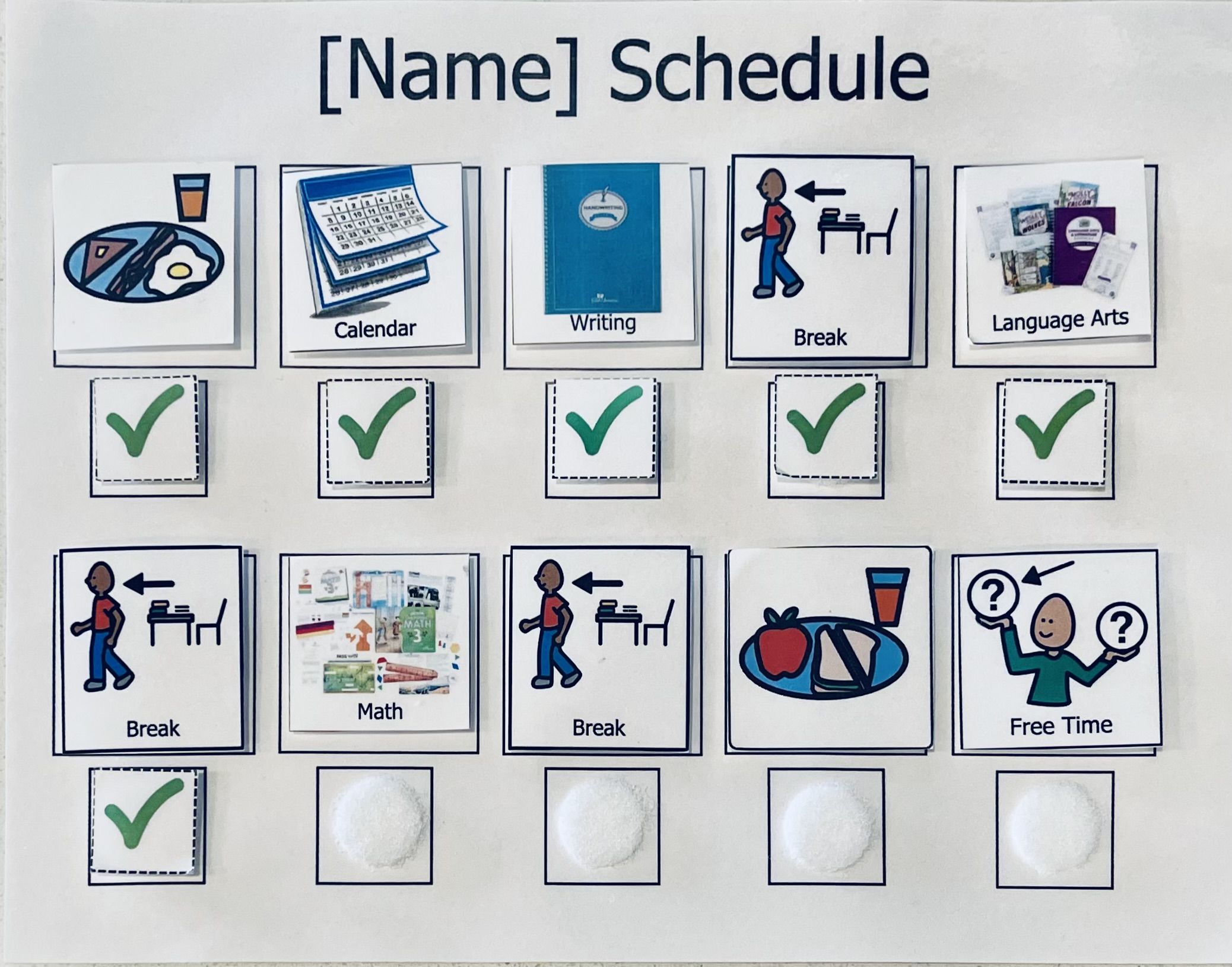
task analysis
breaks down a task or routine into smaller, more manageable steps
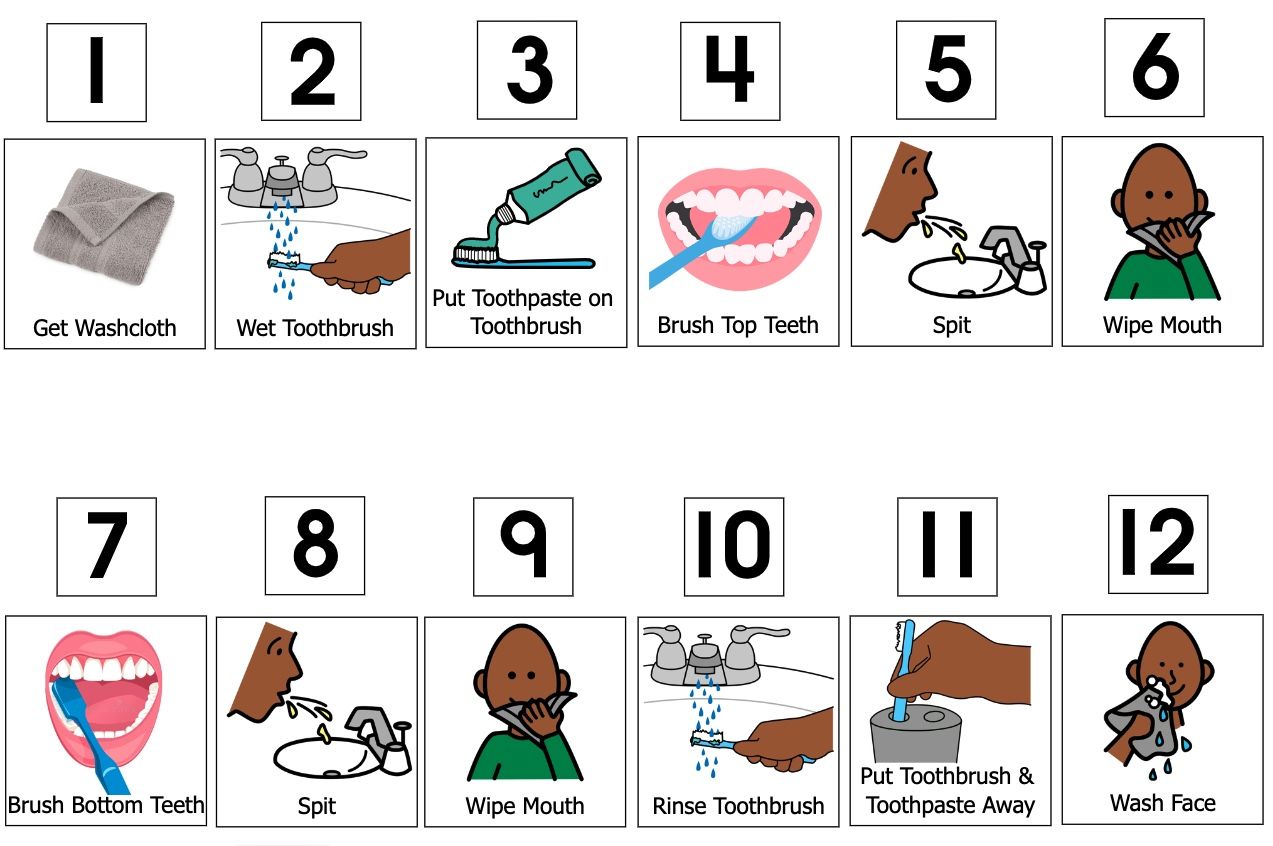
Emotion boards
help individuals identify and express emotions
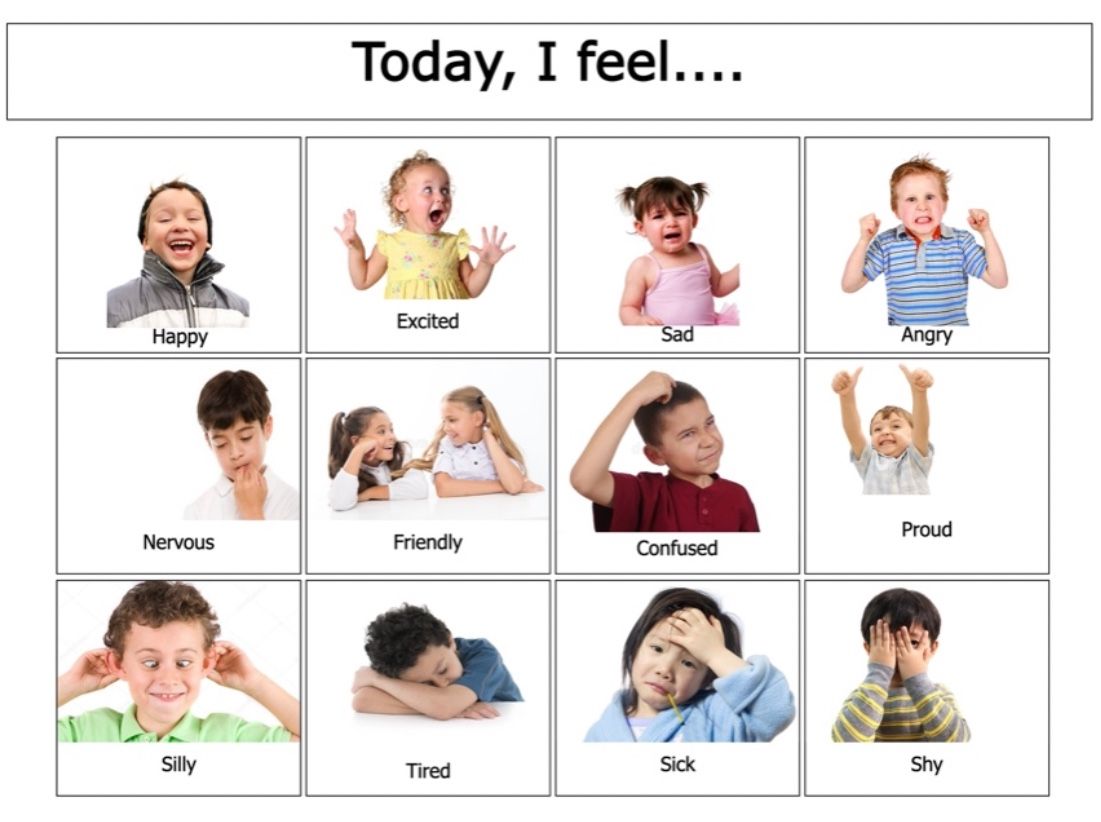
behavior boards
reinforces appropriate behavior
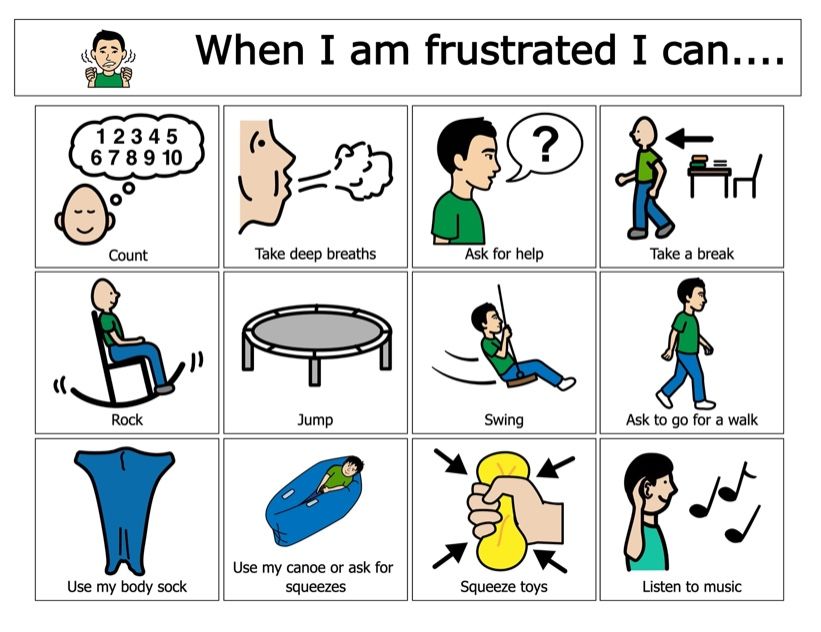
social boards
guides social skills
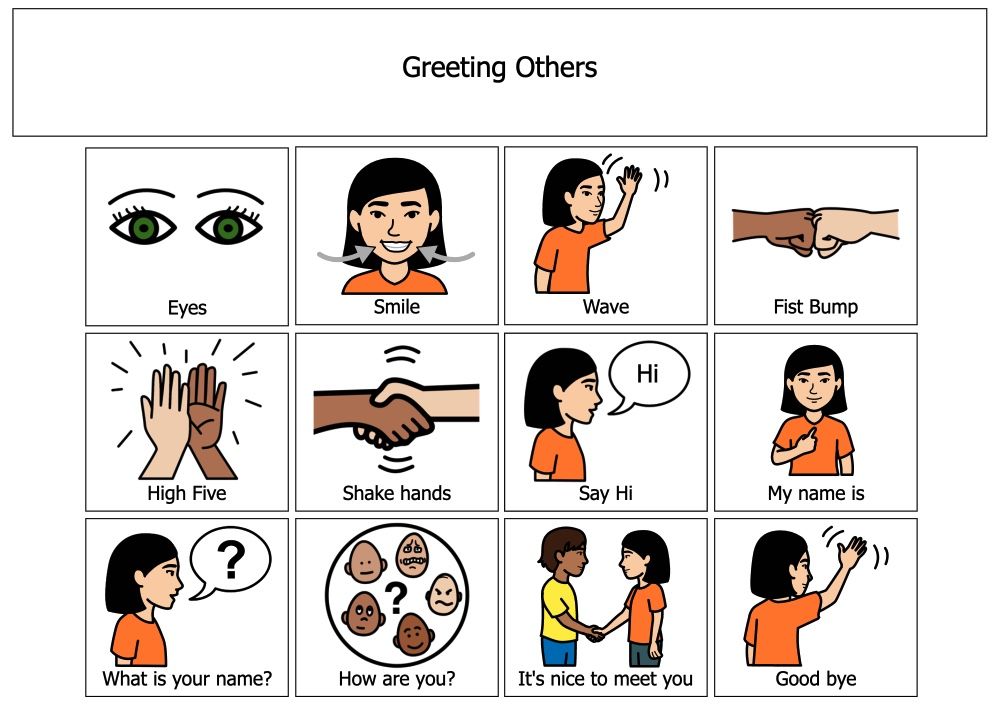
social stories
short narratives used to teach individuals how to understand and navigate social situations, behaviors, and routines
